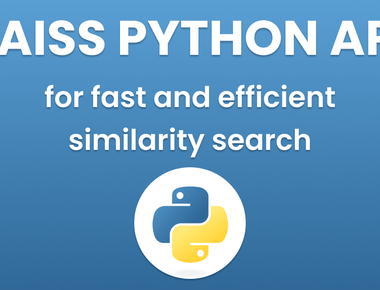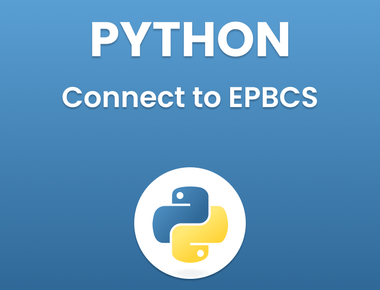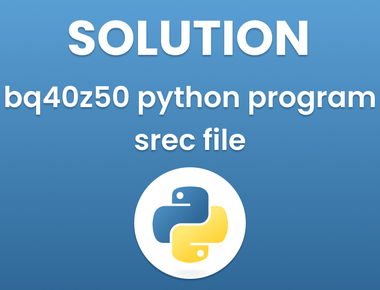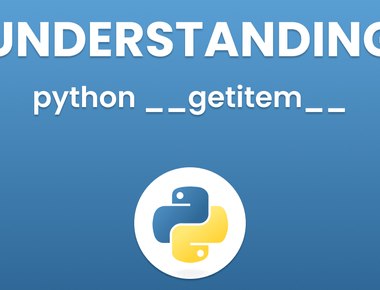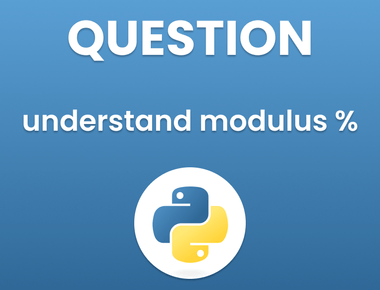Table Of Contents

Python is one of the most popular programming languages in the world. It is simple, easy to learn, and versatile. One of the core data types in Python is a string. In this article, we will explore what is a string in Python, how to create and manipulate strings, and how to use them in your code.
What is a String in Python?
In Python, a string is a sequence of characters. It can be created by enclosing a sequence of characters in quotes, either single quotes or double quotes. For example, ‘hello’ and “world” are both strings in Python. Strings can contain letters, numbers, and special characters.
Creating a String in Python
To create a string in Python, you simply need to enclose a sequence of characters in quotes. Here are a few examples:
my_string = 'hello'my_other_string = "world"
In the examples above, we have created two different strings. One is enclosed in single quotes and the other in double quotes. It doesn’t matter which type of quotes you use, as long as you are consistent.
Accessing Characters in a String
You can access individual characters in a string by using indexing. In Python, indexing starts at 0. For example, to access the first character in a string, you would use index 0. Here is an example:
my_string = 'hello'first_character = my_string[0]print(first_character) # Output: 'h'
In the example above, we have accessed the first character in the string ‘hello’ by using index 0. We have then stored that character in a variable called first_character and printed it to the console.
Slicing a String
You can also extract a substring from a string by using slicing. Slicing allows you to extract a range of characters from a string. Here is an example:
my_string = 'hello world'substring = my_string[0:5]print(substring) # Output: 'hello'
In the example above, we have used slicing to extract the first five characters from the string ‘hello world’. We then stored that substring in a variable called substring and printed it to the console.
Manipulating Strings in Python
Strings in Python are immutable, which means that once you create a string, you cannot change it. However, you can create a new string by combining two or more strings. Here is an example:
my_string = 'hello'my_other_string = ' world'concatenated_string = my_string + my_other_stringprint(concatenated_string) # Output: 'hello world'
In the example above, we have concatenated two strings together using the + operator. We then stored the concatenated string in a variable called concatenated_string and printed it to the console.
You can also repeat a string multiple times by using the * operator. Here is an example:
my_string = 'hello'repeated_string = my_string * 3print(repeated_string) # Output: 'hellohellohello'
In the example above, we have repeated the string ‘hello’ three times using the * operator. We then stored the repeated string in a variable called repeated_string and printed it to the console.
Conclusion
In this article, we have explored what is a string in Python and how to create and manipulate strings. We have looked at how to access characters in a string, how to slice a string, and how to concatenate and repeat strings. Strings are an essential data type in Python and are used extensively in programming.
Subscribe to our newsletter!
Related Posts
Quick Links
Legal Stuff
Social Media



